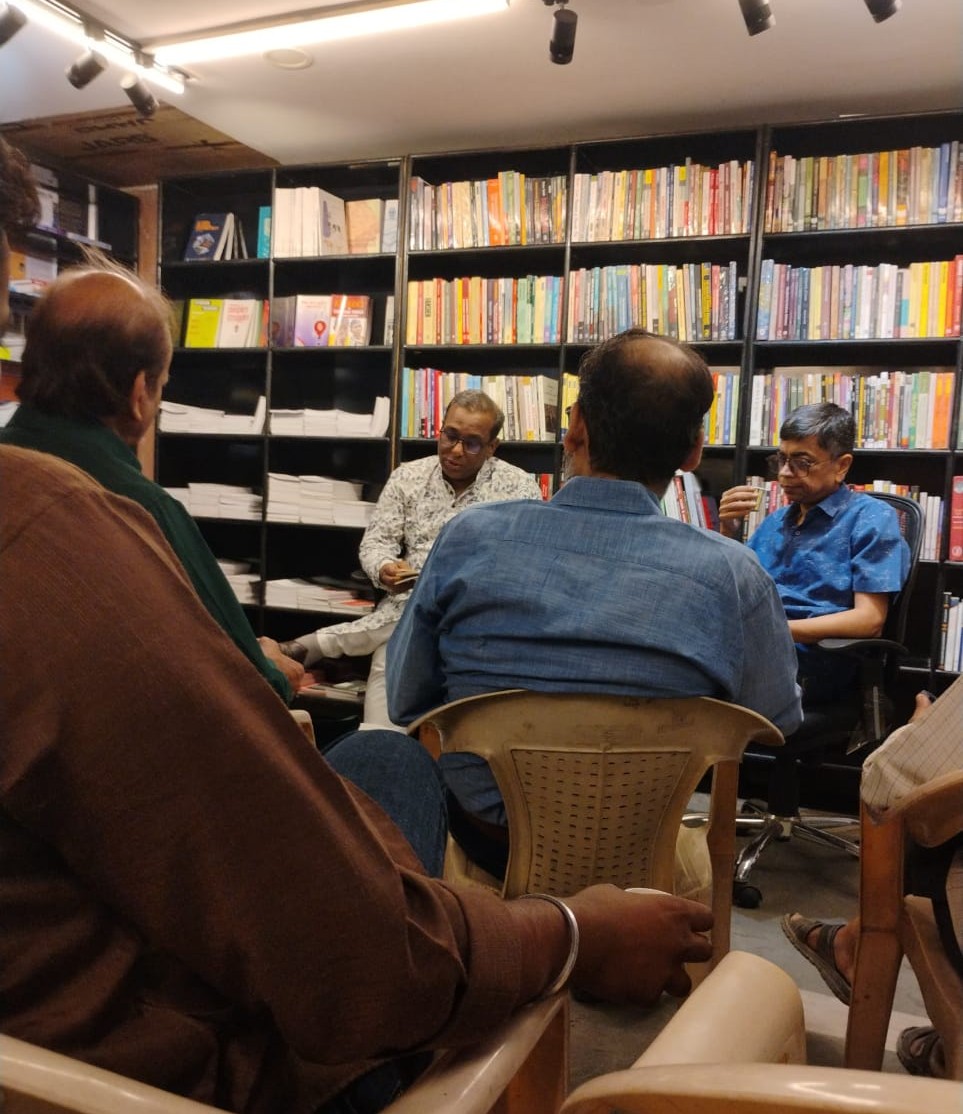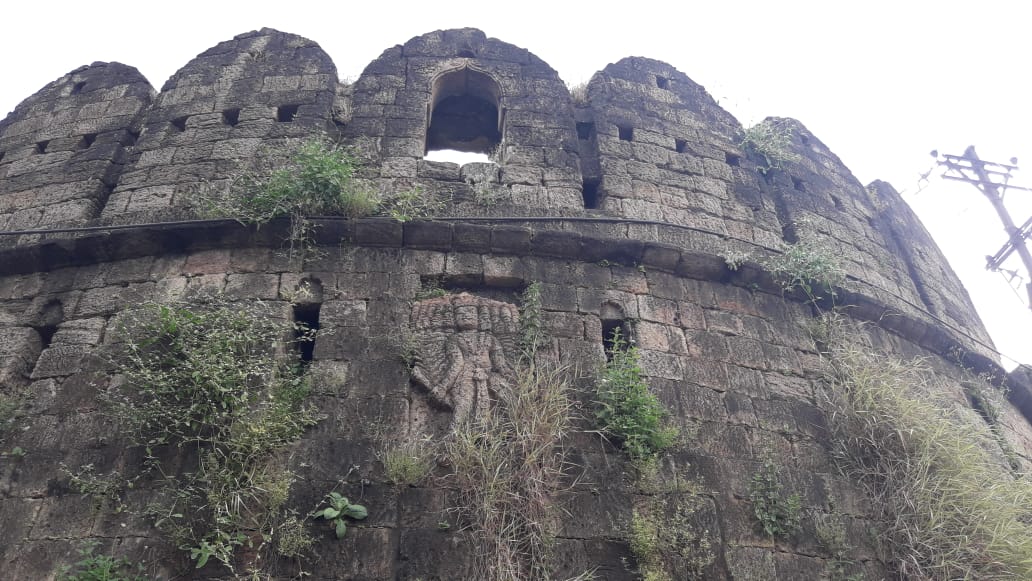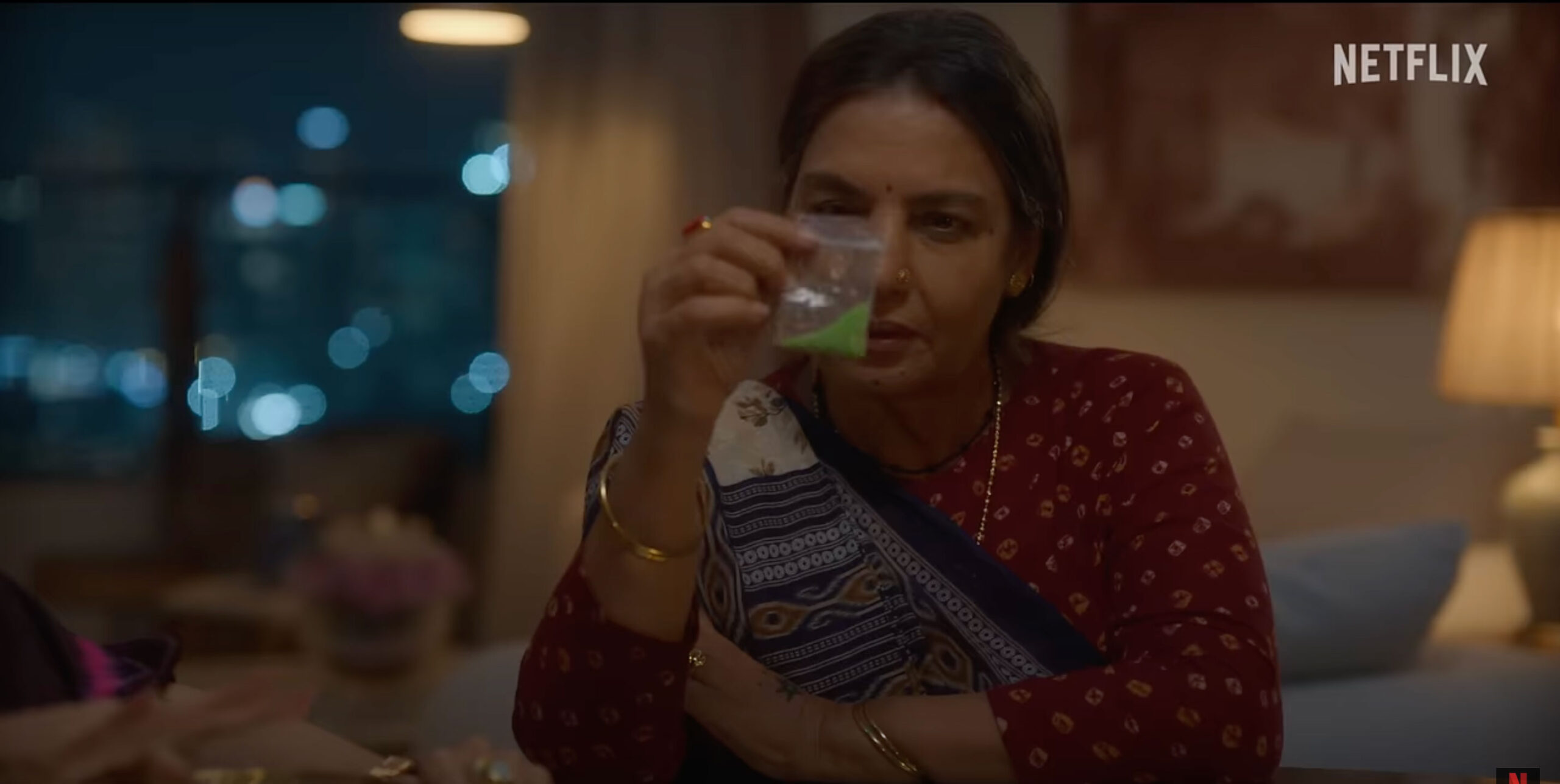In ancient times, India was home to Koyturs (the first men and women of this landmass). This land was called Koyamuri Island, and its inhabitants, Koyturs. Here “Koy” means the indigenous inhabitant Gonds. Sambhusek was the first king of the Koyamuri Island. Later, ‘Shambusek’ became a title, conferred on one considered the ruler of the earth. Human civilization continued to grow and progress over the next millenia. New researchers, inventors and scientists emerged. Metallurgy, agriculture, state, political and social systems, judiciary and justice, educational systems and the concept of family developed. The human race progressed in many different ways.
Vast empires and formidable kings came and went. They built huge forts, and cities and towns of gold. The Aryans, Huns, Mongols, Jews, Muslims, British and Marathas – they all invaded the land of the Koyturs and looted its inhabitants. They plundered the water, the forests and the land of the aboriginals, tried to snatch power from them and wipe out their religion, culture, identity and even their existence. But the Koyturs had many a valiant king. Most of them were just and popular. They were nature worshippers; they believed in collective decision-making and were patrons of the arts and music. Enchanting songs narrating tales of their valour are sung to date. We Adivasis consider them our ancestors. They include great heroes and emperors like Jalandhar, Mahishasur, Bakasur, Aiwasur, Ranasur, Kaliyanag, Dhanasur, Jatasur, Raven (Ravan), Pullesur, Ahiravan, Mahiravan among others. Women were also leaders of society. They presided over the State and the justice and social systems. Some epitomes are Maula, Girija, Angodayi, Mandodari, Tadka, Trijta, Mahamaya, Bamlai, Kalikankali and Samlayee. They were among the thousands of women who ruled this land. They created and expanded the social system, language and civilization.
Among the rulers was a renowned people’s hero, who had mastered many arts, the sciences, and was a valiant emperor. His name was Raven, the son of Vishrawa. Pulatsya was the father of Vishrawa. Raven’s real name in the Gondi language was Rau Jonar Varenandu-Narender. According to Vyankatesh Atram, Motiravan Kangali and other scholars of the Gondi language, Pulastya means “a lion with thick fur”. Pulastya’s wife was Trinbindu.
The word “Ravan” does not exist in the Gondi language. The word that exists is “Raven”, which means a blue-throated bird (neelkanth). This neelkanth was the totem of Raven’s gotra.
In the Koytur society, each of the 750 gotras was identified by a totem, each a different bird or animal. But the Aryan authors, upon discovering Raven’s extraordinary scholarship, hid his Koyvanshi identity and declared that he was a Brahmin. This is a lie. They also wrote that Raven’s grandfather was Brahma’s adopted son. This cannot be true. Brahma was an Aryan. He was an outsider and the enemy of the indigenous inhabitants. Why will an enemy Aryan adopt the son of a non-Aryan aboriginal? Raven’s mother was the daughter of non-Aryan king Sumali.
According to author Maroti Uike, “Ravan was not an Aryan but a Gond king.” He writes that Brahmin Aryans were adept in the art of distorting history to get it in sync with the sentiment that held sway at a particular time. They have falsified our history and literature. Our ruler was a Koyvanshi Gond. All the indigenous inhabitants who lived under the Gana system consider emperors like Raven, Meghraj, Daityasur, Kolhasur, Pullesur, Mahishasur, etc as their ancestors and commemorate them. The Aryan Hindus branded these emperors as Rakshas, Daitya, Pishach, Bhoot, Danav and Asur. The Adivasis call them their “Purkhapen” (powerful ancestors) and their “Dada-Dadi”. They sing songs in their honour and make their wooden statues to celebrate their festivals.
Mayadanav was one such ancestor of the Adivasis. He built Maynaar (in Gondi, May means ancestors and Naar means village). Maynaar is the oldest name of present-day Delhi. This was the name of the place in the Gondi language, which means “the village of Maydanav”. Karkardooma Pen Sthan (place of power) was part of Maynaar. Today, the Karkardooma court complex stands at the location. Maydanav was the father of Mandodari and was an expert architect. He built an aircraft and presented it to his daughter Mandodari and son-in-law Raven. But the Aryan texts do not refer to this point of view. In the Mahabharata era, Maydanav built an amazing hall for the Pandavas. An optical illusion was the specialty of the hall. The parts of the floor which were filled with water looked dry while the dry parts seemed to be filled with water. But the Aryans did not allow the name of this great architect to figure in the chronicles of history because he was a non-Aryan, the father-in-law of Raven, and an indigenous inhabitant Koytur. Given these facts, how could anyone say that Raven was a Brahmin?

The Aryan Brahmins did everything possible to malign Raven. He was put in the dock as the abductor of Sita. One reason for this was Raven’s ire against the Aryans. The Aryans were alcoholics. They used to sacrifice animals and eat their flesh. They used to set the fields and the forests of the non-Aryans on fire. They would occupy the land of the non-Aryans and hold yagnas burning ghee, oil, paddy, fruits and flowers. They would commit all sorts of atrocities on non-Aryan women. They would enslaved and trade them. Raven opposed the excesses of the Aryans. He was a worshipper of nature and mother goddess. He respected women and was a believer in equality and collective decision-making. That was why he used to disrupt the yagnas organized by the drunkard and oppressor Aryans. Naturally, the Aryans considered him as their enemy.
The second reason was that Raven had immense wealth and his capital was built of gold. In his kingdom, there was plenty of water, land and forests. It had its own dialect and script, its own arts and music. It was an ideal humanistic civilization. The greedy Aryans were jealous of his wealth and prosperity and fought wars with him to usurp his empire. A landlord’s son slipped into his kingdom. His name was Ramchandra. He was an agent of the Aryan Brahmins. He attacked Raven’s sister Suparnakha, cutting off her nose and ears. Shouldn’t a person who attacks a woman with a weapon be called an aggressor? Attacking a woman with a weapon, disfiguring her – is this not criminal? Will a king spare an Aryan enemy who commits excesses on his dear sister? Won’t the king teach him a lesson? Raven only abducted Ramchandra’s wife. He was neither violent towards her nor was he disrespectful. He lodged her in the guesthouse of his palace with full respect. Then how is he a sinner, an immoral person and an oppressor?
But this just Gond king – a protector of society which revere women – is branded as an arrogant sinner, a demon, a good-for-nothing adulterous and oppressive ruler even today, and the Aryan followers of the patriarchal Hindu religion abuse him and burn his effigy. They distort his persona. He is shown as a demon with ten heads, twenty hands and huge teeth. In their religious texts, they describe him as a rogue, a sinner, an evildoer and a wicked person.
He was the progeny of a human mother. Like other humans, he, too, had two hands, two feet and one head. He was a great scholar and was equipped with many skills. He was righteous and strong, adept in the art of using weapons. He was a compassionate ruler who cared for his subjects, and a virtuous man. How can burning of his effigies be wise?
There are many sacred places associated with Raven in Tamil Nadu, Madhya Pradesh, Andhra Pradesh and Chhattisgarh. Many villages are named after him. They include Ravenwadi, Ravengarh, Raventhana, Ravenkor and Ravengarhi.
My ancestors, Atram Gond kings, were rulers of my native place Chandagarh for over a thousand years. Chandagarh has a gigantic fort with four big gates. Each of these gates has a name – Jatpura, Mahakali, Pathanpura and Binba. A lovely statue of Raven adorns the Binba gate. This proves that the Gond kings commemorated Raven. Another evidence is found in a locality called Babupeth. The Atram kings had brought workers from Andhra Pradesh with expertise in breaking and chiseling stones for building the fort. The place where they were settled was named Babupeth. The place has a 25-foot tall statue of Raven. In that era, Raven was remembered with great fanfare.
The Gond kings were benevolent rulers. The Maratha rule followed the rule of the British. The Marathas disfigured the statue of Raven and stopped his commemoration. The fact that the Gonds commemorated Raven was effaced from history. This statue can still be seen at Chandagarh, Maharashtra.
At Melghat, in the Amravati district of Maharashtra, live Korku tribals. They commemorate Raven and Meghnath with great pomp and show. At one time, all Gond residents of Maharashtra used to make wooden statues of Raven to commemorate him. During the rule of Bakt Buland Shah, the Gond king of Nagpur, Raven’s puja and Shastra Puja were big events at Garobachowk. Later, the Maratha kings stopped Raven puja and instead started the practice of burning the effigies of Ravan.
Mahananda Tekam had tried to end the practice of Ravan Dahan in Maharashtra’s Amravati district. That was around 1990-94. Due to his efforts, it actually stopped in Amravati.
Raven festival is celebrated with gusto in the rural areas of Maharashtra’s Gadchiroli district. Due to the efforts of Maniravan Dugga Guruji, Ravan Dahan ended here in 1991. He also got a statue of Raven installed at Paraswadi village. During a ten-day event there, lectures and social and cultural functions are held to raise awareness among the people. Speakers shed light on Raven’s scholarship and his cultural and historical significance.
Historian Arun Kamble writes, “In his Ramayana, Valmiki has praised Ram but he has also paid handsome tributes to the scholarship of Raven. ‘Vayam Raksham Rakshasadhipati Rakshankarta’, that is, ‘the protector of Dravidian civilization, the Panchtatva, the creation and society’.” Maroti Uike wonders how the protectors of their society, state and civilization can be portrayed as ugly demons. How can they be bloodthirsty and aggressive, man-eating oppressors with ten heads and twenty hands? They were also born from the womb of human mothers. They all had families and children; they lived in villages and towns in a society that had administrative and justice systems. They did not molest or humiliate women, they were not cheats and liars, they were not looters, nor did they resemble animals. They were good-looking; they adhered to a set of values and principles, and spoke the truth.
Raven in folk literature
There are a vast number of songs and stories on Raven in folk literature. These describe him as a valiant warrior, a great scholar, a learned man, the owner of huge wealth, the builder of a city of gold, a strong man and a justice-loving ruler. Gond women sing the following song in Korku dialect:
“Lanka Ravna jugi, tauten olen joy,
Lanka Ravna jugi, jodma nodma joy,
Lanka Ravna chunuka, chingi doyna joy,
Lanka Ravna danda, jhuli doyna joy,
Lanka Ravna jugi tauten olen joy.”
Meaning: “The earth shook when our king Raven walked in Lanka, so powerful a king was he. The crown on his head was studded with dazzling diamonds and pearls. He wore gold bracelets studded with diamonds and pearls. He was handsome and had a winsome personality. Fascinated by his voice, looks and splendour, Sita herself followed him. But Raven did not cast an evil eye on her. He respectfully lodged her in a hut and protected her. He was an urbane ruler. His thinking and conduct were of the highest order.” The Adivasi Gondi Korku songs praise Raven and describe him as their beloved ancestor.
Today, we have people who rape women, kill unborn girls, commit murders, loot others, are dishonest and spread filth in society. They are the Ravanas of the Aryans and not our Raven. Punish the oppressors and the rapists by all means. But don’t burn our Raven.
(Translated from the original Hindi by Amrish Herdenia)
Forward Press also publishes books on Bahujan issues. Forward Press Books sheds light on the widespread problems as well as the finer aspects of Bahujan (Dalit, OBC, Adivasi, Nomadic, Pasmanda) society, culture, literature and politics. Contact us for a list of FP Books’ titles and to order. Mobile: +917827427311, Email: info@forwardmagazine.in)





